8 Best Practices for eCommerce Shopping Carts
Ecommerce shopping carts have frustrated hundreds of retailers across the world.
Most people have all but accepted that a 68% cart abandonment rate is the norm and count themselves lucky if their store has similar or lower rates. However, lowering customer abandonment doesn’t mean changing shopper behavior. It means improving the customer experience. You need to look at how your customers shop and create an experience that is valuable to them. This chapter in our Best Practices series focuses on eCommerce shopping carts: how customers use them, how to optimize them, and why they are an essential part of the buying process.
How Do Customers Use eCommerce Shopping Carts?
One of the biggest misconceptions that eCommerce web designers have is that the shopping cart serves as confirmation that the customer wants to buy a product. However, more often than not, the cart is used to sort desirable items from the rest of the products on your website. Most customers will review the items they added to their carts and decide which ones they actually want to buy.
For example, there is a difference between items customers add at the grocery store versus a clothes retailer. An item that goes into the grocery cart will likely be bought; however, a shopper might try on all of the clothes in their cart at a story and realize nothing fits, causing them to leave empty-handed. Understanding customer behavior can help you demystify your high bounce rate. There are dozens of reasons why customers bounce and very few of these reasons are preventable:
- The customer isn’t ready to buy yet but wants to save items for later
- The customer wants to compare your products and prices against those of a competitor.
- The customer is looking for items online that they can try on in-store.
- The customer wants to build a wishlist of items to send to friends and family.
Your job as an eCommerce professional isn’t to change customer behavior, but rather to address the preventable reasons why customers bounce. They leave because your website is difficult to use or because they don’t trust your services. They leave because your checkout process scared them away. Fortunately, there are a few best practices you can follow to build trust and create an optimal buyer journey.
Eight Ways to Improve Your Shopping Cart
Your cart might need minor tweaks or major changes. To get an idea of what to improve, look at some of the best shopping cart examples in the eCommerce world. Your brand can learn from what these companies do and help you change to a better cart experience. Like most design improvements, consider implementing a conversion rate optimization plan using an A/B testing strategy to evaluate the success of any changes you make. This will help you make changes slowly and stay mindful of how your customers receive the new layout.
Don’t Automatically Take Customers to the Checkout Page
When your customers add an item to the cart, don’t send them to your checkout page. This forces them to go back to the search page and start the whole experience over if they want to buy multiple items or consider other options before buying. Let your customers add as many items to the cart as they want. They will go to your checkout page when they are ready.
Bealls Florida confirms with customers that they added an item to the cart and asks if they are ready to check out. Shoppers can either close the window or select the “Continue Shopping” item to keep going.
Make It Easy for Shoppers to Return to Your Store
If your customers check their cart to see their items, clearly indicate how they can return to your main site to shop again. You may want to A/B test sending customers back to your homepage or bringing them back to the category they were looking at when they entered the cart.
Advance auto takes customers off the search results page but clearly makes it possible to return to shopping. Customers return to the exact search results they were browsing as if they had never left.
Show Your Cart as a Drop-Down on Your Main Site
If you want to make your cart accessible for almost anyone who browses your site, build it as a drop-down on each page. This way shoppers can hover over their cart and remind themselves what they added. You can also add functionality that allows customers to adjust the type of items and quantity in their cart without actually having to leave the product page.
Bed Bath and Beyond shows the top items customers added and places a bar at the bottom of the screen with cart information.
Show Estimated Tax and Shipping Costs
When customers hover over the cart, or even click into the checkout page, make the estimated shipping cost clear. If you can’t give a clear estimate without more information, add a shipping calculator tool to your page. Also, try to provide an estimate for how long customers can expect to wait for their items. This will help shoppers decide whether they think the products are a good deal before they go deep into the buying process.
Target shows customers exactly when items will arrive and what the estimated taxes are. Customized options (like store pickup over home shipping) give shoppers more control over their purchase and make them more confident when they are buying various items. If you’re not able to do show shipping costs, set thresholds and let customers know how close they are to receiving free shipping. You may be able to increase your average ticket just by pushing shoppers to add an additional $10-20 worth of items to their orders. Old Navy uses this option in their checkout process.
Use Your Cart to Up-sell and Cross-sell Customers
Up-selling and cross-selling are two essential strategies to grow your business. Upselling encourages customers to buy a more expensive version of the product they are interested in while cross-selling involves adding complimentary items. Buying a Venti latte instead of a Grande at Starbucks is an up-sell while buying a piece of coffee cake to go with your latte is a cross-sell. There are a few ways you can utilize up-sells and cross-sells in your cart. Amazon highlights “Items Customers Also Bought,” to show what compliments certain purchases and they even create packages that sell together and increase the average order value. Meanwhile, airlines like Delta encourage customers to upgrade their seats for a more comfortable experience.
Remember, it costs 68% less to up-sell or cross-sell existing customers instead of bringing in new customers. These small cart changes can have a significant impact on your revenue.
Give Customers the Option to Complete Their Purchase as a Guest
Somewhere along the path to eCommerce development, companies began insisting that customers create accounts before purchasing. However, if you look at the data, most shoppers don’t want this. Out of 1.8 million smartphone sessions, the conversion rates for guests and logged-in customers was almost identical. While logged-in customers are easy to retarget and often convert more because of their loyalty, they only contribute to 47% of total mobile revenue share. Furthermore, out of the top 100 retail stores, 66% offer guest checkout. This is because customers don’t want to go through the process of creating an account, or even remembering their account if they created on.
Not only does Staples allow for guest checkout, but it also offers alternative payments through Visa and Amex checkout. Keep the guest checkout option in your cart. It is just one less barrier to convincing customers to convert.
Let Customers Review Their Cart Before They Log In
If you do decide to keep your log-in process, give customers a chance to review their products before they log-in. Remember, these shoppers aren’t sure they want to buy yet. They just want to review their purchases and make their buying decisions. Creating a barrier to access items that customers are just interested in isn’t a smart design move.
Before they even log in, Ulta customers can see how close they are to receiving free shipping, what the estimated total is, and what they bought. Customers can even add coupon codes before they log in to see what kind of savings they can expect in case they want to go back and add more items.
Offer Wishlist and “Save for Later” Options
This is another best practice for brands who want to encourage customers to create accounts to build their loyalty. Amazon has clearly mastered the wishlist, but other stores can use it too. Customers can send wishlists to friends or save items until they can afford them or are ready to buy.
Customers visit Home Depot’s website looking for specific items, but they also to browse for home décor and appliance ideas. The retailer incentivizes customers to save items and create lists to return to later. A first-time homebuyer might browse rugs before they move into a new home but not want to convert until it’s almost moving day. You can also save items in the cart and recognize the customer when they return by dropping a tag or cookie before they bounce. Even if the customer doesn’t formally save their items, you can keep items in the cart for a few days until they return. It is time for web designers to rethink their eCommerce shopping carts. What we think customers want and what they actually want is growing increasingly different.
Call OuterBox today to learn how you can improve your cart. We will complete a diagnostic user experience audit to see what your customers love about your website and what needs work.
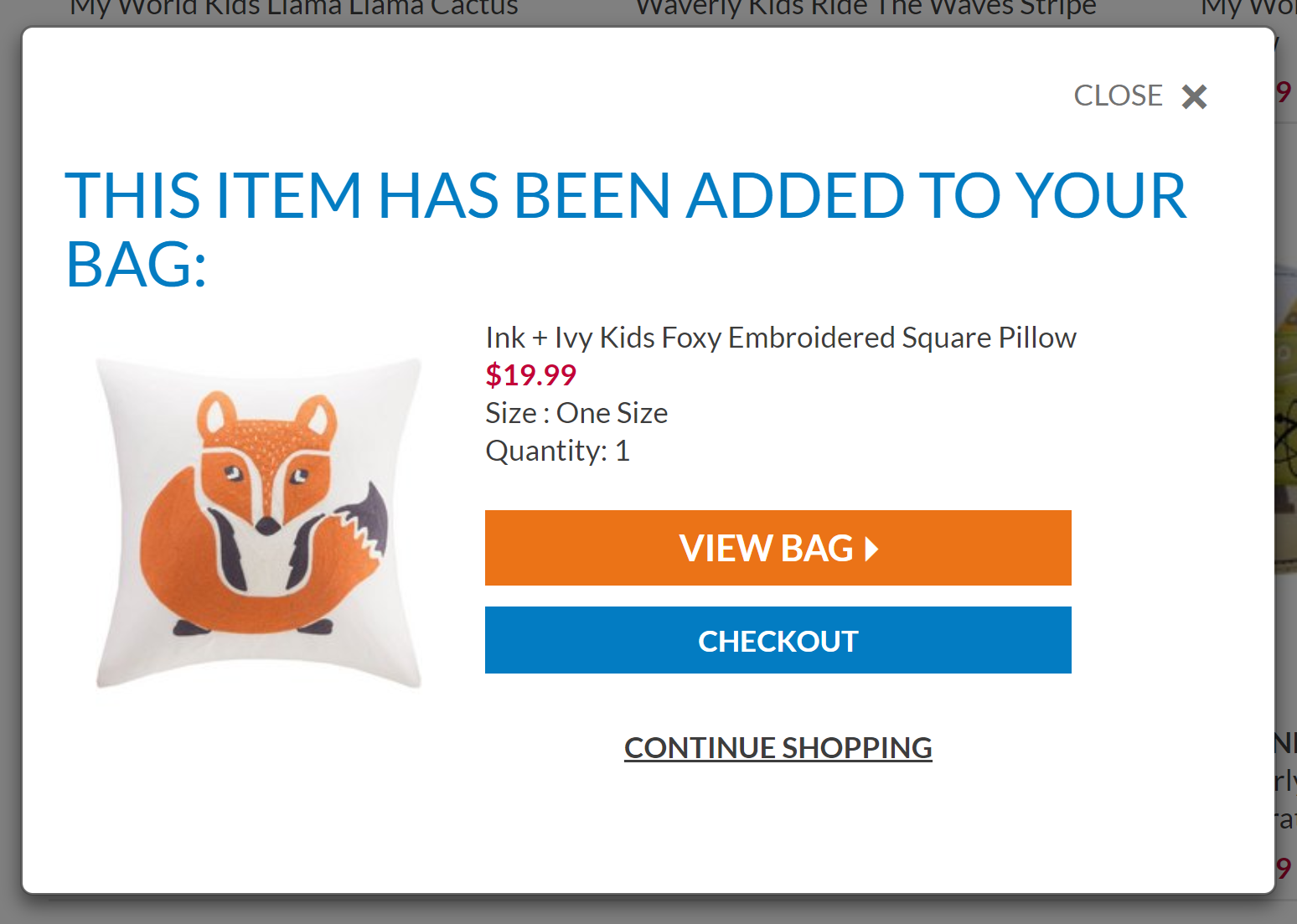
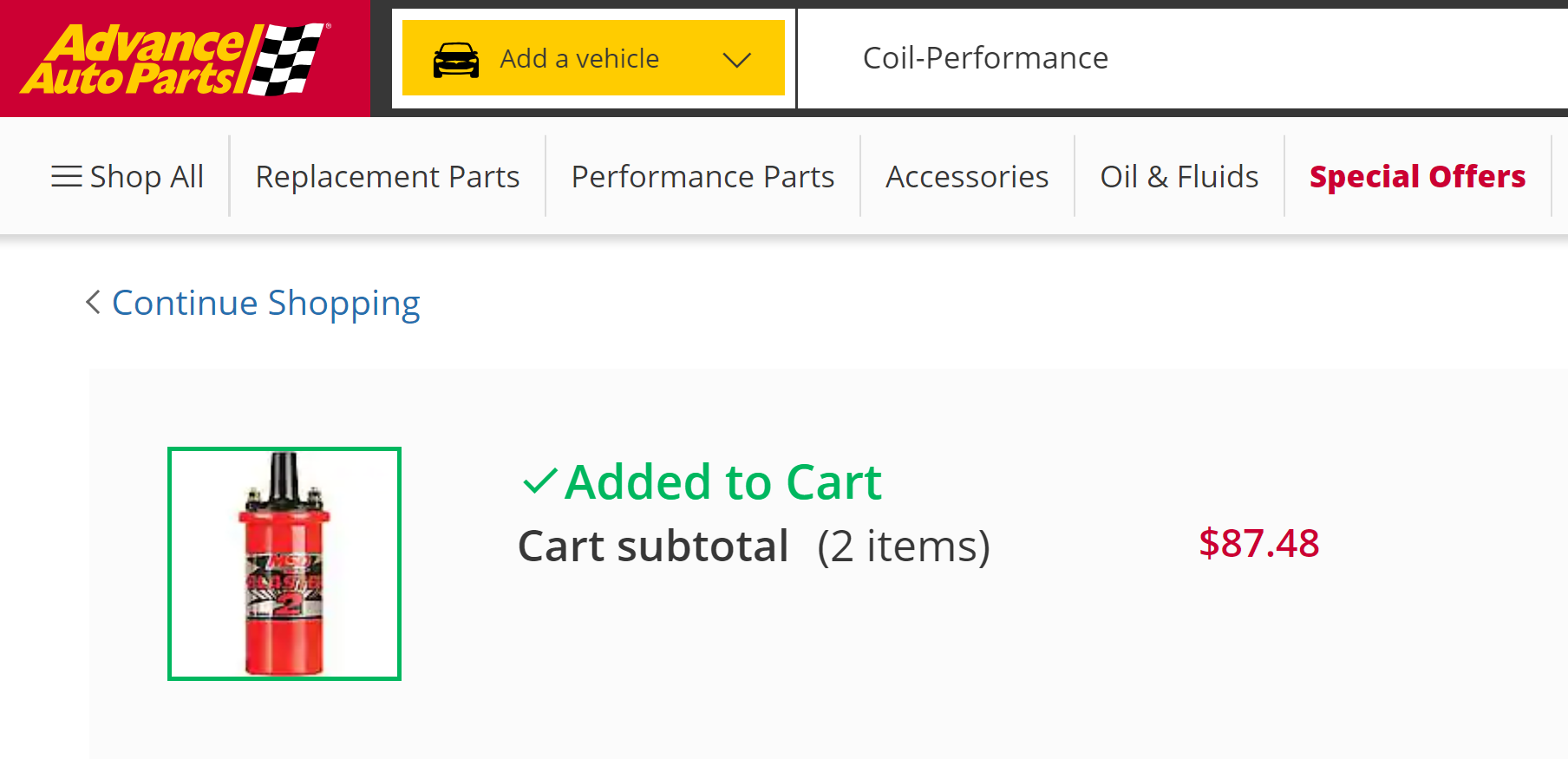
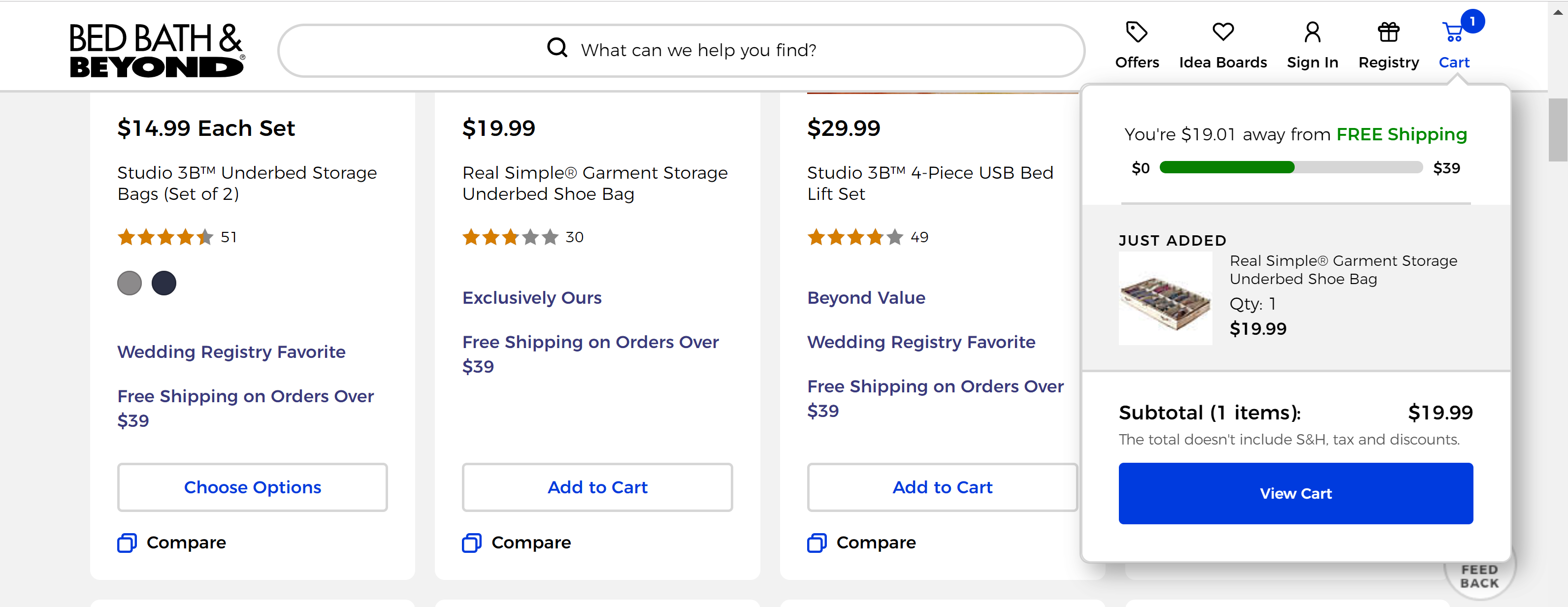

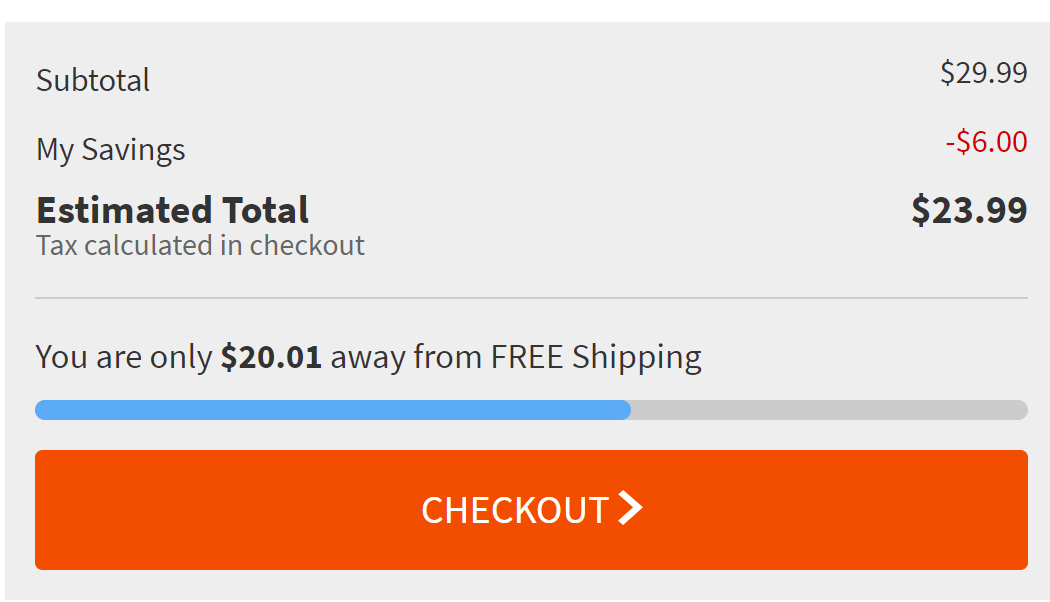


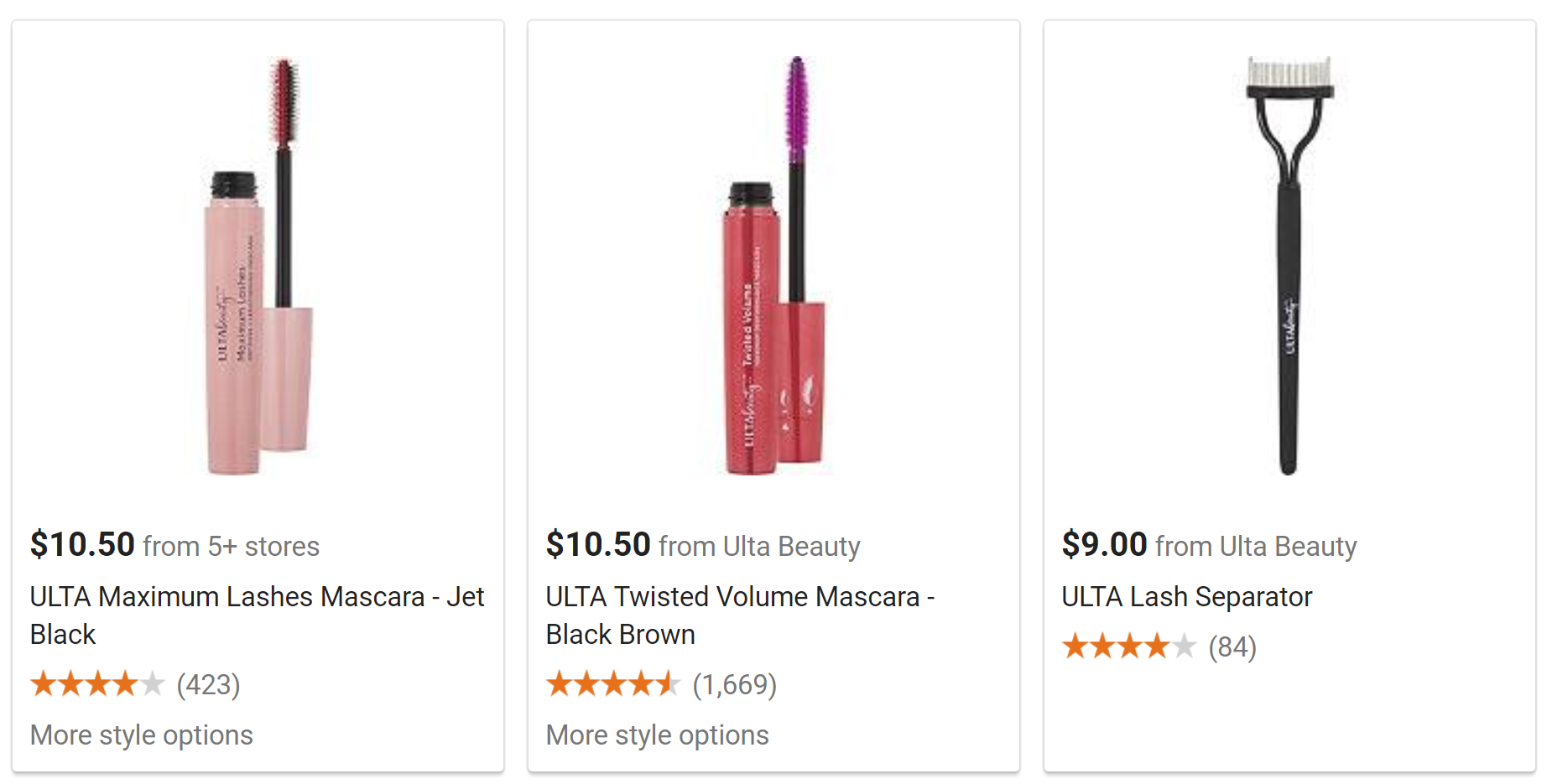
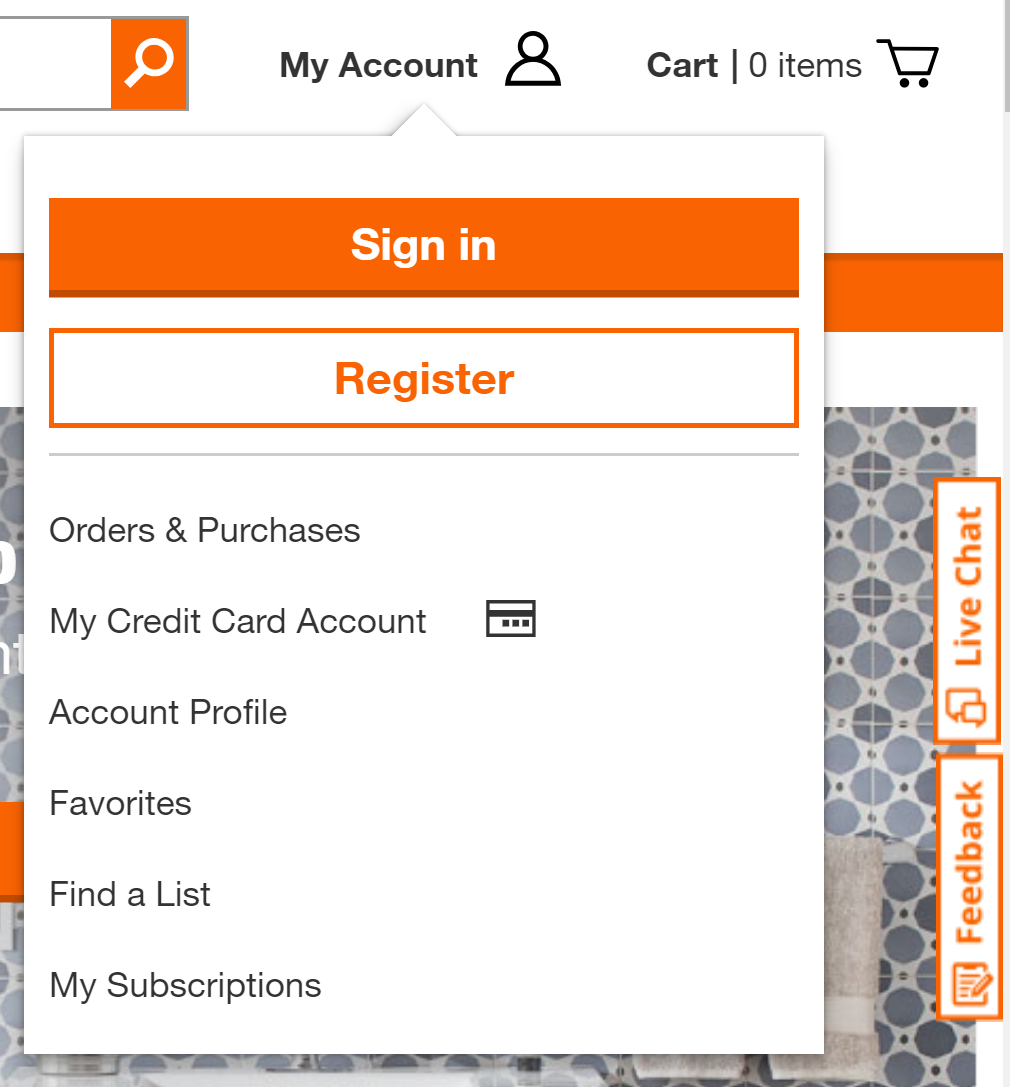
 ?
?